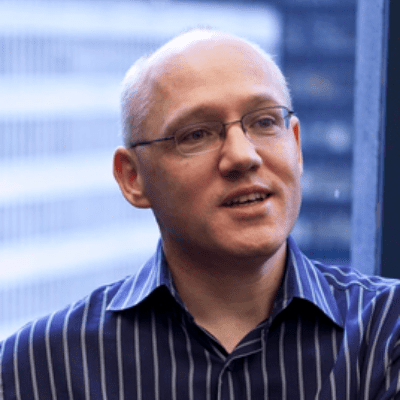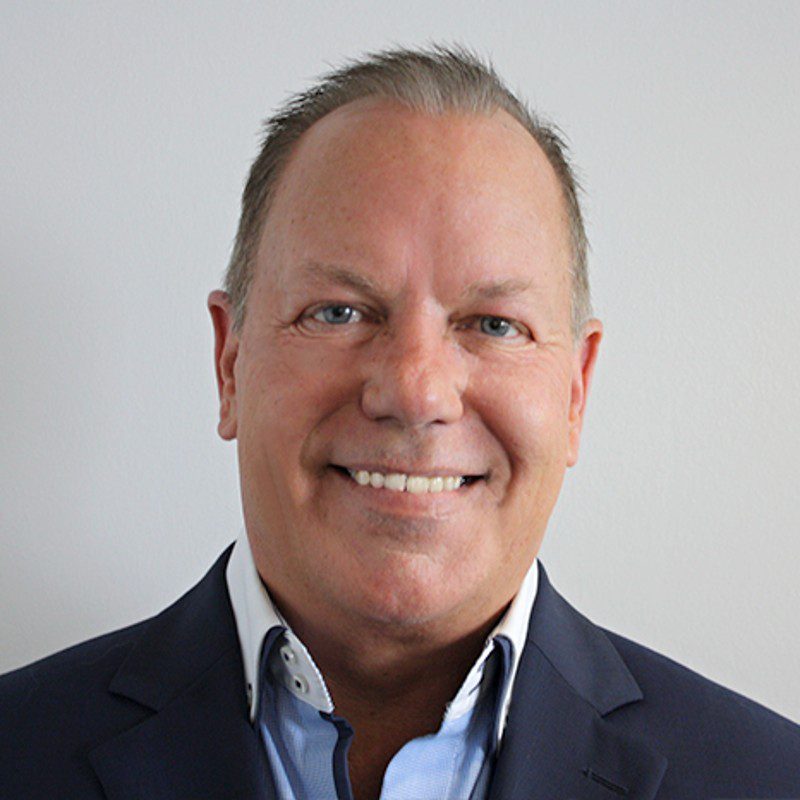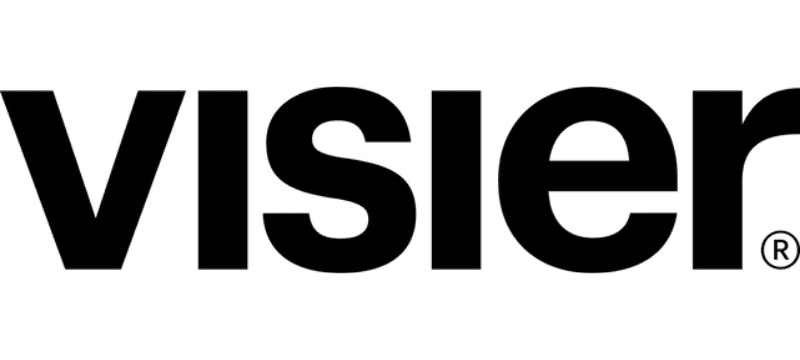Bridging the impact gap: How people analytics brings the c-suite and HR together
Understand what people analytics can provide for the business – from insight into the correct hiring budgets to whether to open a new site or premise.
Hear about how people analytics can bring all data together in one coherent place.
Get the latest on how leading organizations are using people analytics to drive success.



Although HR has already been on an impressive multi-year journey from being a solely transactional function to becoming a transformational one, there is still a gap between the data HR collects and the analytics and insights the business needs to make important decisions.
To help bridge this gap, UNLEASH is thrilled to host a webinar chaired by Kate Graham, Head of Content Labs and Insights at UNLEASH, joined by Ian Cook, Vice President, People Analytics at Visier, and David Shontz, Global Head of Workforce Analytics at Nokia, to help shed further light on how to create better links between people analytics practices and the business, how to give the C-Suite answers they need at the times they need them, and how people analytics can take a leading organizational role.
For me [the gap between people and the business] is very real… and it’s starting to hurt organizations given how people-centric organizations now need to be.
Ian Cook, Vice President, People Analytics, Visier
Watch on-demand to:
● Understand how to use data and analytics to build trust between employees, HR and the business leadership.
● Get to know how to build and mature your people data and analytics practice, and understand keey parts of that journey.
● Learn how to use insight curation, sharing cadence and trust-building to turbocharge the reputation of HR data and analytics practice.
What does the people impact gap look like?
For Cook, the fact that there is a gap between people data and analytics practices, and business decision-making, is very real. And in a pandemic-altered world, he explained that it’s increasingly important this gap is made smaller. Yet, the gap can come in different forms which means HR needs to understand where the issue is.
For some organizations, they’re simply not collecting the data they need; which can mean the insight gap is difficult to spot. In other organizations, people analytics professionals are cut out of important decision-making and transformation discussions. Alternatively, there is a general sense that HR data is sometimes not trusted, or considered to be important when it comes to business problem-solving. This means the people impact of decisions is not considered.
Not a good thing because, as Shontz described, it creates an additional gap to impact: whereby data can guide business leaders at critical moments. It means HR, as he explained, has to find a way to nudge their way into important conversations and showcase to the leadership that people analytics is crucial.
COVID-19: a showcase of how great data can be in difficult business moments
Although most businesses are not yet completely joined up when it comes to their data and analytics practice and how they make critical decisions and inform their strategy, Shontz told webinar attendees that Covid-19 acted as a good example of how analytics can work.
At Nokia, he explained, they used ‘out-of-the-box’ data to inform their Covid-19 response strategy, including data on travel and health & safety and site closures, that helped the business leadership navigate the pandemic. It helped the analytics team gain traction with the executive and as a result, it become more important, showcasing just how wide and varied people data can be. Cook explained that the same insights were rapidly added to the Visier application, and the pandemic generated an instant increase in users of 40%. These users were all of the people managers who were faced with touche and complex decisions of how to adjust to the crisis.
The mature approach to data and analytics
With many firms looking for an approach to grow their people data and analytics practices and bridge the gap between HR and the business, Shontz and Cook used the webinar to share the characteristics and best practices from successful journeys they have been on and witnessed.
For Shontz, it started with the fact that Nokia collected lots of data so he brought analytics into HR and started to think about what the business could get from their insights. It helped that he had previous experience as an HR business partner, as it meant he knew some of the problems that the business often struggled with. This was a key part of that journey.
Successful people analytics journeys involve creating a vision of what the team would like to get from their practice – better partnership and involvement with the business via insights into critical patterns and trends – so they set about thinking about how to make the biggest splash they could with the business and get executive attention. This involves thinking about the best way to present data, involving the use of excellent visualization, getting HR leadership bought into it and ensuring they weren’t just data collecting for data collection’s sake. It also involves drilling down past headline stats and ensuring they could offer localized insight, highlight potential business problems, and ensure that data was coherent too.
This approach ultimately leads to better alignment with HR, people leaders, exposure to the business leadership, and maturation of the HR analytics function that was aligned with business priorities. A clear win.
What value can I get from the data?
One of the key parts of bridging the gap, as Cook explained, is not just about giving external functions HR data and thinking: “I’ve done my job.” For Cook, HR needs to take an educative, coaching-centric, and guidance approach; influencing the business to make better decisions.
Here, HR needs to focus on how it communicates data and the cadence at which it roles it out. Curation based on the audience is, in Cook’s view, going to be key, too. It means HR has to get better at understanding the markets the business operates in and what the business is trying to solve and working closely with key individuals outside of its function. HR, Cook argued, must focus less on what it finds important – however counterintuitive it might find that approach.
This relationship-building can often be helped by data and analytics itself. If HR can use these mechanisms to get accurate insight into the basics of the business, such as headcount and payroll, it can build trust and use this as a platform to offer further strategic insight and build greater partnerships.
Is best-in-class people data and analytics only for enterprise-size firms?
As soon as the conversation turns to data or analytics, there can often be the assumption in the world of HR that it needs vast investment or a separate team. In Cook’s view, this is not the case. Even smaller businesses can use data to track collective actions, though many may be able to rely on good communication at the smallest end.
For Shontz, the focus needs to be on the value that people data and analytics will bring to the business. It is the answer to this question, that should inform decisions about how much investment into people data and analytics should occur – build, buy or both.
What this means, for HR, is that everyone can get started. Something that will be of central importance in a world where people data will be needed to gird against uncertainty, ambiguity, and change.
